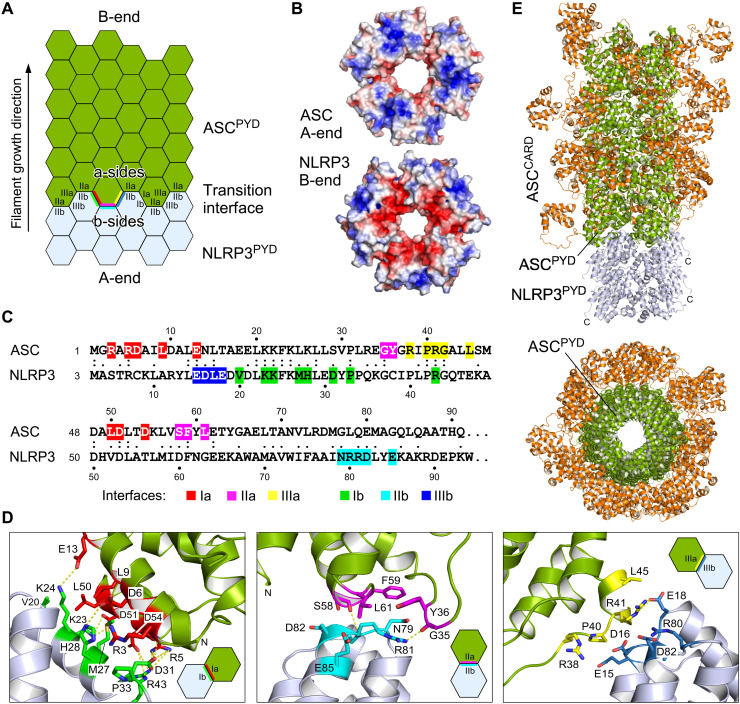Fig. 6. Transition of NLRP3PYD nucleation seeds to ASCPYD filament elongation.
(A) Cartoon of the filament transition from the nucleation seed NLRP3PYD to the elongation adaptor ASCPYD. The transition interface of the heteromeric PYD interactions is indicated. (B) Electrostatic surface potential of the complementary filaments from the ASCPYD A-end and the NLRP3PYD B-end, displayed from −4 Boltzmann constant (kBT) (red) to +4 kBT (blue). (C) Sequence alignment of the ASC and NLRP3 PYDs with the interface residues highlighted. Interacting residues from the a-side interfaces in ASC and the b-side interfaces in NLRP3 are colored as before. (D) Close-up images of the interactions in the three interface types I, II, and III for the energy-minimized transition interface between the NLRP3PYD filament (light blue) and the ASCPYD filament (green). Salt bridges (types I and III) and hydrogen bonds (type II) are indicated by dashed lines. (E) Model of an ASC filament (green) elongating on the NLRP3PYD filament nucleation seed (light blue). Whereas the PYD domain of ASC forms the filamentous stem structure, the CARD domain could adopt variable compositions at the surface of the filament.

